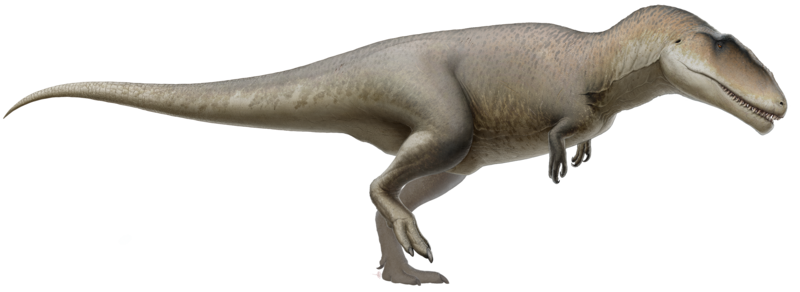
The dinosaurs. The ancient thunder lizards who once dominated the earth have been studied and puzzled over for centuries. From times as early the 1700s down to today, the giant lizards that once roamed the earth have captured the minds of people everywhere. Indeed, our concept of dinosaurs has gone through many renditions, from inspiring stories of dragons and beasts to mega-iguanas to being birds. They’ve gone from scaly beasts to feathery birds, cold-blooded to warm-blooded. In our day, we can ask the question of how we have viewed the dinosaurs, from their earliest discoveries until today.
To begin with, we need to go all the way back to before we began to thoroughly document history. The first possible case of dinosaur discovery was likely the inspiration for the stories and legends of dragons that we see in more recent times. To earlier peoples with no knowledge of dinosaurs, these colossal bones and skulls would have no doubt seemed to be the bones of giant mythical lizards and beasts. And without knowing the earth’s extensive history, they could only draw one conclusion; that these were the bones of recently deceased creatures. With this mistaken conclusion, one could easily spread rumors and stories about the bones and what they might have been, which could quickly blossom into the mythical dragons that have been legends until today.

Indeed, there is some evidence to back up this notion. As you can see, the skull on the right is the skull of a wooly rhinoceros, a fluffier rhino that existed after the dinosaurs. The story behind the skull is that it was sold to Austria as a dragon skull by an Arab merchant, which almost seems believable since it’s missing the horn (Natural history of dragons: AMNH). Even with our modern knowledge of prehistoric creatures, the average person probably would not be able to place that skull as belonging to an extinct rhino, let alone an animal still living today. How much more so would ancient peoples be unable to explain the bones of dinosaurs other than making up stories of animals befitting of the bones?
Closer to modern times, Leonardo DaVinci played a small but surprisingly interesting role in the history of dinosaurs and paleontology. During his time, people were uncovering shells and corals in rock. While it was commonly thought then that the shells were simply odd geological formations from the earth itself, Leonardo came to the conclusion that they were once living animals, based on the insides of the shells. He found that the shells had evidence of movement inside similar to modern clams and worms. Leonardo realized that the shells must have once been creatures who had died and turned to stone. As it turns out, his theory was remarkably accurate and it wasn’t until the 1900s that it was proven true. He was proved correct over 300 years later, quite a feat of accuracy on his part.
Skip ahead a few hundred years from the 1500s to the 1800s. Within the time period of 1822 to 1824 (Wikipedia,2022), two extremely important revelations and discoveries were made: the discovery of Megalosaurus and the discovery of Iguanodon. To start with, Iguanodon was discovered when Gideon Mantell found teeth belonging to the dinosaur. While mistaken for all sorts of animals at first, it was eventually decided that it was a new creature, which was named Iguanodon in reference to its teeth’s resemblance to iguana teeth, only 20 times longer. Only a decade later miners discovered a nearly complete specimen in its natural death state, and Mantell attempted to reconstruct the lizard. (Wikipedia,2022)

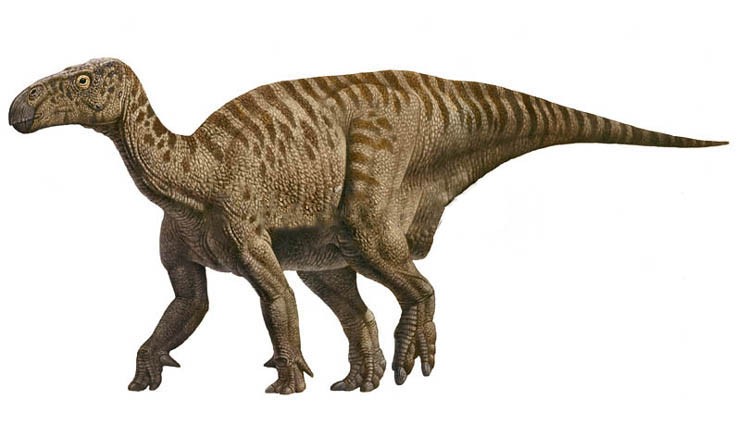
As you can see, the lizard in the above image is not quite as flattering as the real deal. Among other things, he mistakenly put the thumb on the nose and misjudged quite a few parts of the animal. This was the very first integration of dinosaurs as we know them today.
In the month of February, 1878 (Wikipedia,2022), miners once more discovered Iguanodons, but this time in a truly unique situation. They carefully dug them out and ended up recovering at least 38 skeletons and various other bones from a mine over 1056 feet (Wikipedia,2022) below the surface of the earth. Thanks to the intrepid and brave miners who had to haul the bones up over a thousand feet, we discovered the true form of Iguanodons, which was a catalyst to the dinosaur revolution.
The Megalosaurus is another curious case of misjudgment. In 1824, a man named William Buckland who researched the first Iguanodon teeth took it upon himself to figure out the curious case of fossilized carnivorous lizard teeth and part of a jaw. Without much to go on, only some jaw bones and teeth, (remember they hadn’t found the complete Iguanodon specimens yet), they created the abomination featured in this image. While it is a testament to the willingness of paleontologist to piece together as much as they can and make inferences, it still wasn’t quite right. Over time though, more therapod parts were discovered and attributed to Megalosaurus, and eventually Megalosaurus became a boiling pot of mismatched bones from various animals. Once we started to find more complete therapods we were able to redefine the Megalosaurus into the lean, two-legged dinosaur we know it as today. It was only recently we were able to finally separate Megalosaurus bones from other species, though we still don’t know exactly what it looks like due to a lack of fossil material.


Over the 20th century, discovery after discovery was made about the dinosaurs. Although at first it was only a slow trickle, new fossils were being discovered around the world by the dozen as our technology and awareness of dinosaurs advanced. Our vision became clearer and clearer, more refined and precise as we made deductions and inferences as we started putting the bones back together. With so many new discoveries and species, dinosaurs rapidly morphed from their iguana-inspired shape to the Tyrannosaurus Rex, Brachiosaurus and Triceratops shaped dinosaurs we are currently familiar with.
One especially large milestone in dinosaur history was the geology of America. North America is known for its rolling badlands and cliffs, Rocky Mountains, and desert terrain. As we would come to discover, this terrain is perfect for finding and preserving the remnants of various dinosaurs, ranging from the fearsome Tyrannosaurus Rex to the small Pachycephalosaurs. It was even discovered that a large portion of North America was once a very shallow ocean, covered and teeming with different sea life ranging from Plesiosaurs to Ammonites.
After all the discoveries in America, dinosaurs became a little more known. With so many interesting animals and species making the headlines, it quickly became apparent that they were important to understanding the history of the earth. Yet, dinosaurs did not become a popular topic for most people. Until Michael Crichton came on the scene. He wrote the now famous Jurassic Park novel which was then adapted by Steven Spielberg into a movie.
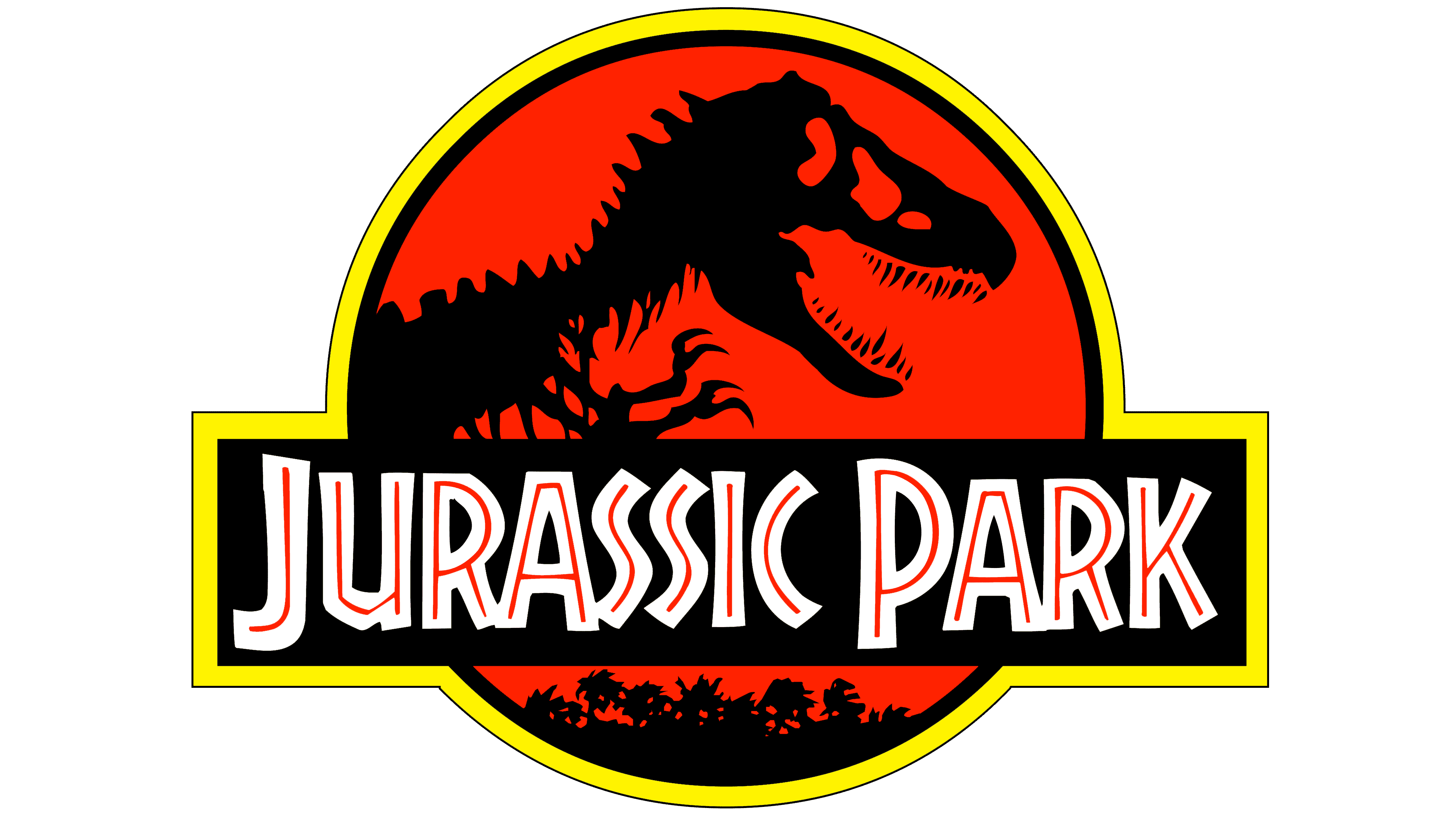
When Jurassic Park was released in the theaters, hundreds of thousands of people flocked to the big screen to see the dinosaurs. All around the world, Jurassic Park was able to capture the minds, hearts and imagination of millions of people, young and old. Because of this, dinosaurs became popular, from the ferocious Tyrannosaurus Rex to the mighty Brachiosaurus. But, what does this have to do with how we viewed the dinosaurs or paleontology?
Thanks to Jurassic Park, entire generations have grown up wanting to become paleontologists. In recent years, the number of paleontologists has expanded considerably as more and more come to fulfill their childhood dream. Due to the interest aroused by Jurassic Park, the movie, there was an increased demand for new dinosaur exhibits. This led to paleontologist having more resources at their disposal (Anya, Madeline CBC). With the additional funds they could now dig out even more dinosaurs. With so many new paleontologists, resources, and new discoveries, paleontologists have their work dug out for them for years to come.
But the story of Jurassic Park did something even more impactful than that. It nearly reinvented the dinosaurs. Before Jurassic Park made the idea popular, we had a tendency to think of dinosaurs as giant, tail dragging lizards. But after the influential book/movie, more and more people became open to the possibility that they were in fact agile, mighty animals, as opposed to bumbling, unintelligent lizards. Really, much of the entire field of modern paleontology can, in most ways, be attributed to the story of Jurassic Park, as it opened up new ideas and paths of thought for many.
But Crichton or Spielberg didn’t come up with the idea of quick dinosaurs by themselves. Taking a step back, another man named Jack Horner was used as a basis for the character Alan Grant in the film. Not only did he contribute some of his persona to the film but his work was vital to Crichton’s depiction of dinosaurs. In actuality, many paleontologists and their lives’ work went into the story, and we shouldn’t forget that.
So now that we know more about the paleontologists responsible for discovering and interpreting dinosaur bones, we can dig into how they do so to understand how we know what the dinosaurs were like. To begin with, in the past, they had to first take the bones they found from the dig site and brought to a museum to reconstruct them based on where they should be anatomically. How do we know where the bones should be placed? Well, almost all living animals have the same sort of bones and muscles, from the toes to the skull. By comparing mostly complete skeletons of other animals and dinosaurs, we can accurately figure out the bone placement to recreate parts of the skeleton. Generally, paleontologists today take a CT scan of the bones at the museum instead of hanging the bones in position, and use the 3d models in their reconstructions of the dinosaur, something that has helped to exponentially speed up the process, while making it safer to work with the bones.
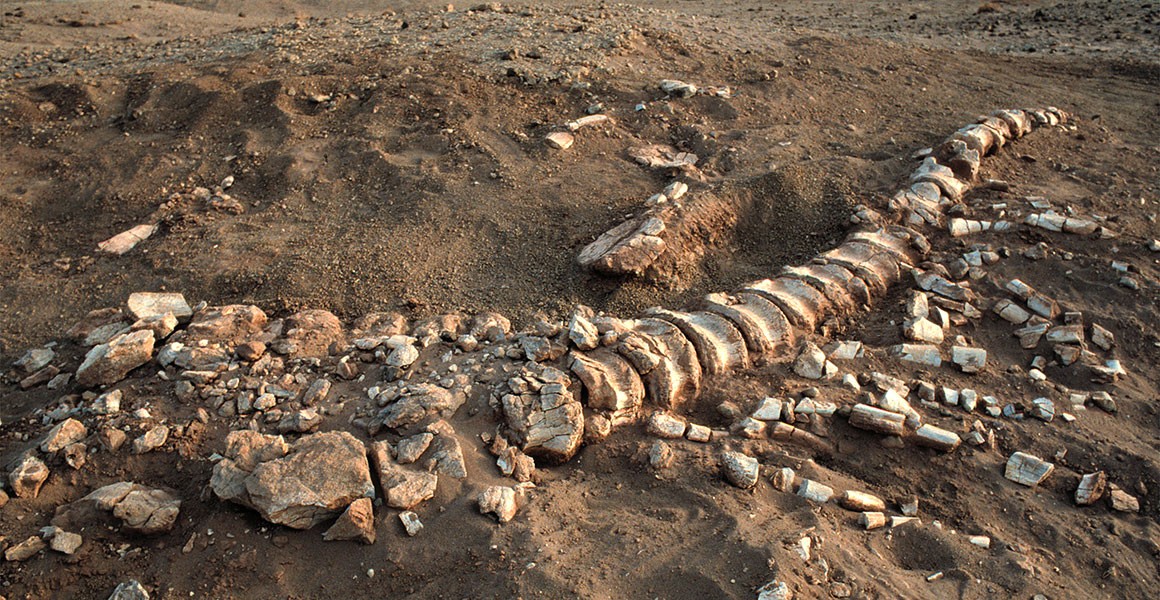
Once the puzzle is complete and a skeleton is made, the real work begins. (Perry & Prufrock, Muscle functional morphology in paleobiology ) The next step of recreating an animal is to figure out its mass. This is hard because we don’t actually have real dinosaurs to analyze. To figure out the mass of an animal, paleontologists must make educated guesses and inferences, based on real life animals and other previously discovered dinosaurs. This can be done by comparing other animal or dinosaur mass estimates that are similar to the dinosaur at hand. There are many different ways to go about this, which is why dinosaur weight estimates vary so much from study to study. Even with the mass estimated, there is still much to do.
After determining the possible mass, the main challenge is figuring out the muscles. This is likely one of the hardest parts of paleontology – figuring out where the muscles were, how big they were, how heavy they were and so on. While some animals have an average muscle % for their mass, this varies from species to species. Figuring out what the closest living relative would be or comparing it to other data can help one figure this out. Another difficult step is figuring out the muscle placement and sizes. Big animals may need big leg muscles to propel them forwards, which means they need strong hips, which implies strong cores, and so on. Because of this process, it can be difficult to accurately guess the values of muscles when one change means we have to change everything else about the dinosaur. To make the challenge even worse, we need to take into account even the posture and bone weight, because posture could change the structure of the entire dinosaur. Brachiosaurus, for example, has a very different posture than the Tyrannosaurus.
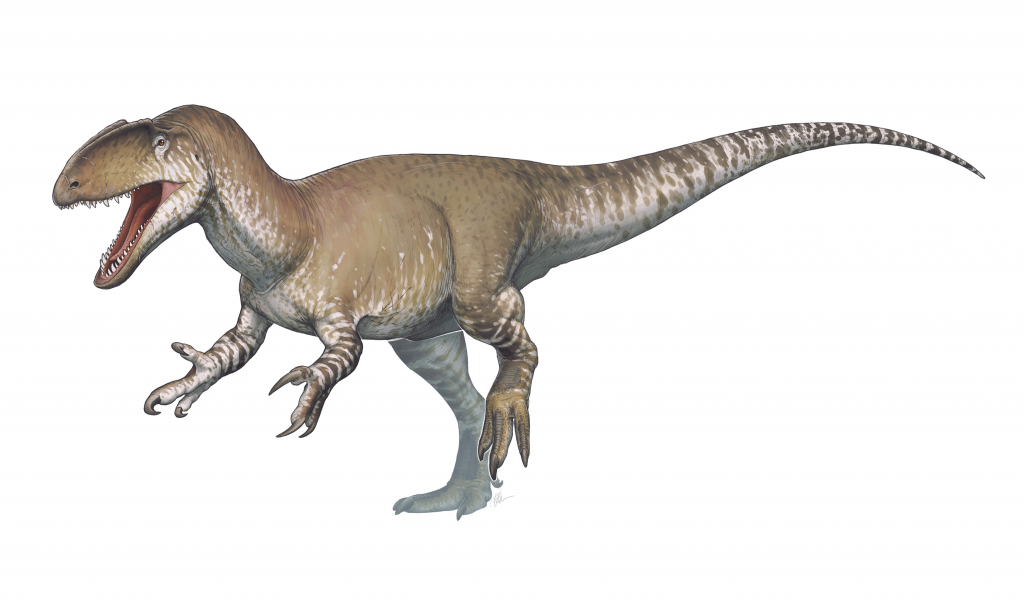
Now for the fun part. Once we’ve got the dinosaur with all its muscles and parts in the (theoretical) right place, built correctly, one gets to envision it in skin and make it look real. If I were a paleontologist, this would be the fun part of the job, since we really don’t know what they looked like. They might have been bright or dark, brown or green, spotted or striped. We just don’t know. After all these steps, we would have a complete dinosaur, as accurate as possible to the best of our abilities.
The anatomy of certain famous dinosaurs has been under debate for a while now. One debate is currently ongoing about the Spinosaurus and its appearance. You can read about the debate below by clicking on the respective case study button. Another argument is whether or not the mighty tyrant lizard king, the Tyrannosaurus Rex, was covered in feathers.
Spinosaurus: Really a T-Rex Killer?
The Spinosaurus was made famous by its size and appearance in Jurassic Park. Its massive sail and size allow it to become even bigger than the infamous Tyrannosaurus Rex, which is quite gargantuan already. Its appearance in Jurassic Park only increased its popularity. But, in recent years, its status as a partially aquatic hunter, its posture and even its stature has come under fire and it has gone through many different iterations. If there were any dinosaur that has been repeatedly reformed and redefined, the Spinosaurus would fit the bill. But why, you may ask, is this so?
To start with, the Spinosaurus’ original fossils were destroyed when the British Royal Air Force bombed Munich on April 24, 1944 (Wikipedia,2022). Due to this, for the longest time we didn’t even have any real skeletons on our hands, just the drawings of a few key spines and the lower jaw. After some work we eventually pieced together the animal you see in Jurassic Park, a two-legged long-armed big-clawed dinosaur with an extended snout and massive sail. This was the first of many iterations.
The first big shakeup was in 2014 when someone discovered some spinosaurs bones and found that it had a long eel-like tail and a quadrupedal (four legged, i.e., cows, crocodiles) set of legs. While at first this made no sense, it indicated the Spinosaurus might not be two-legged but four legged. Also, the thin eel-like tail pointed to an aquatic lifestyle. And even further, the bones were denser than normal dinosaur bones, something which would help it to swim a bit better, at least theoretically.
So that’s the end of it, right? Well, not quite. After everyone changed their view of the Spinosaurus to fit a mostly aquatic lifestyle, new research came along. Since the first paleontologists who found the new skeleton haven’t shared their bones with others yet, the newly discovered facts were based off their report. A second group came to the conclusion that it couldn’t dive nor travel quickly in water due to immense drag. It would also be tipping over constantly as computer simulations showed, something that no aquatic animals do (i.e., crocodiles, hippos).
Even more research has come along supporting both sides. The middle ground of the debate is that it was similar to a heron, standing by the riverside hunting large fish and prey that came to drink, swimming a little ways to snatch fish but not going further than that. Whether or not this is the final form of the Spinosaurus is still up for debate. Some theories have proposed that they are sexually dimorphic. Also, we just don’t have enough bones to compare age differences to see if they become more or less aquatic over time yet.
At this point in time, it all boils down to the lack of bones around to study. One can only make limited guesses with limited bones. Until more fossils are found, we are left to wonder and develop theories that may or may not be real. Ultimately, the Spinosaurus is still a cool predator that likely was connected to the water, and still possesses some impressive characteristics unlike any other dinosaur.
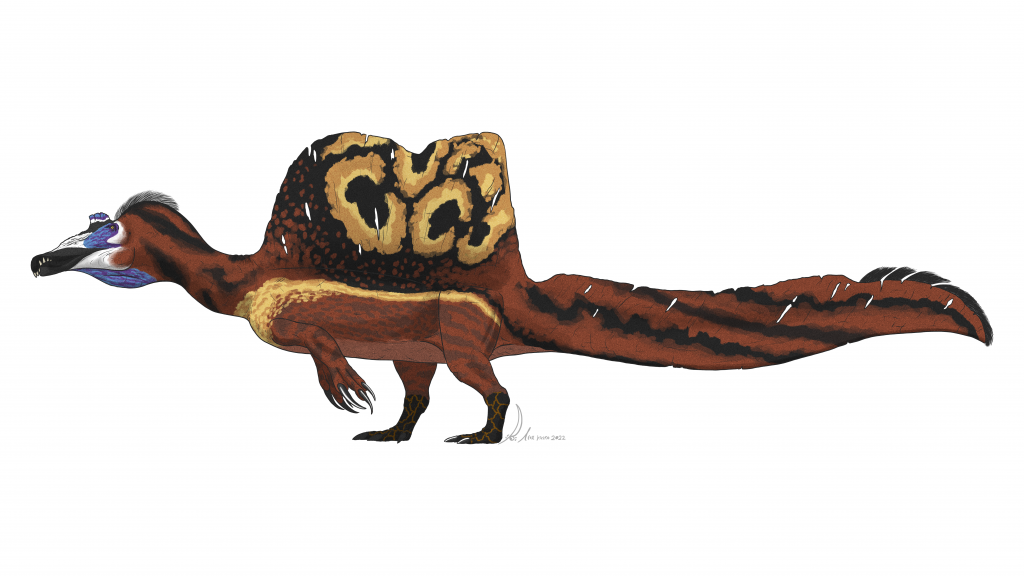
Tyrannosaurus Rex: Fluffy King?
Everyone knows of and loves the Tyrannosaurus Rex. It is a favorite among many people for its awe-inspiring strength and size. Even its name pertains to its qualities, “tyrant lizard king”. If there were one topic up for debate about this apex predator, it would be its appearance. Specifically, did the Tyrannosaurus Rex look like a chicken?
Due to a study into Tyrannosaurus Rex skin impressions, this topic has grown recently. The study points to a hesitant possibility that Tyrannosaurus Rex may have had small feathers, but it doesn’t say where on the Tyrannosaurus Rex these feathers would be. Additionally, the study presented it in such a way that it appeared to be either fluffy or scaly, forgetting another option. It may have been both scaly and feathery. The presentation of the information and the information itself has sparked a heated debate in the paleontological community about whether or not it looked like a bird.
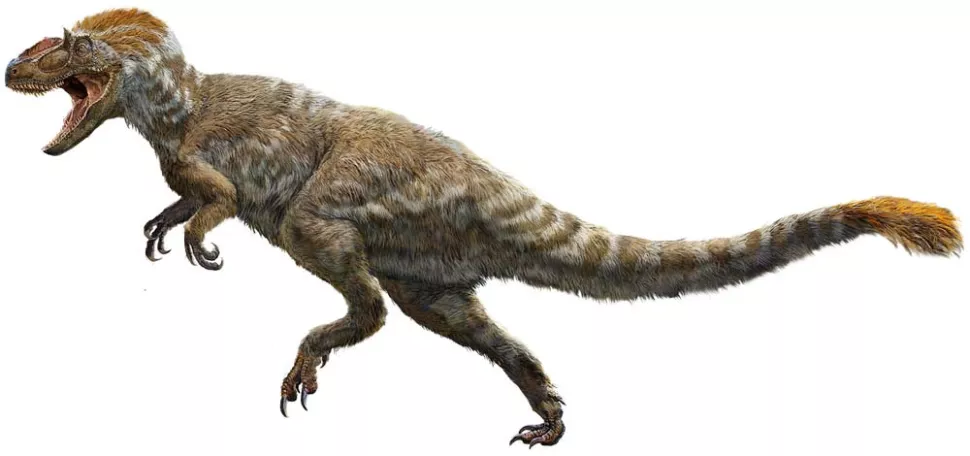
What does this mean? Well, it’s not entirely wrong to imagine an animal having both scales and patches of feathers, perhaps along its neck and back on its tail, with scales covering the rest. There are some examples of other dinosaurs that could go both ways for this argument. The well-known Yutyrannus is known for being entirely or mostly covered in feathers, and the small Psittacosaurus had long quills running down its back. Even the infamous Velociraptor that many love was actually covered in feathers, giving it a turkey like appearance. So, a case can be made that Tyrannosaurus Rex may have had some unusual feathering patterns that we just haven’t seen yet. Remember, skeletons and bones are rare and skin impressions are even rarer.
A fuzzy Tyrannosaurus Rex is a possibility and so is a more reptilian one. But ultimately, whether it did or did not have feathers doesn’t change the fact that it could kill you. Being fluffy does not mean you can’t crush cars and bones. The fact remains, the Tyrannosaurus Rex, with or without feathers or scales, or both, was still a terrifying predator.
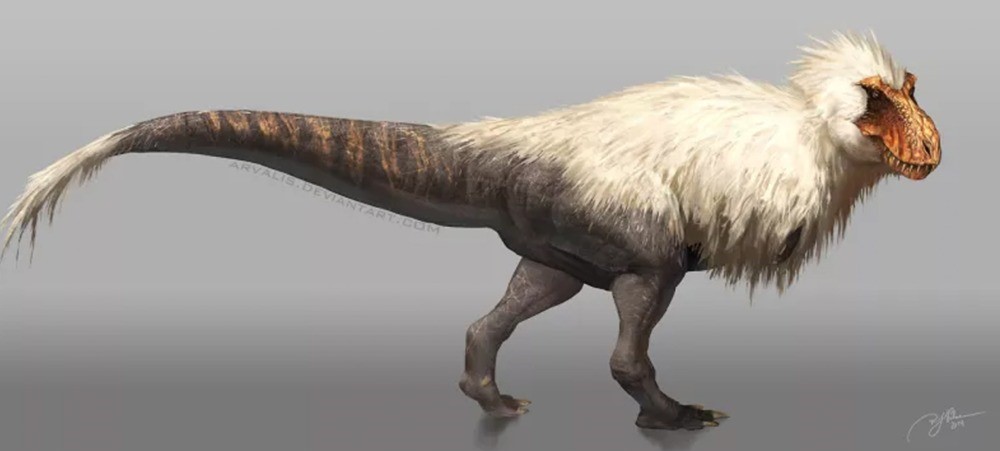
Into The Future
Having dived into the many facets of the history of paleontology, our view of dinosaurs and more, I’m confident that you can step away from this article fully prepared with your new dinosaur knowledge. From the humble beginnings of the Iguanodon and Megalosaurus, to the dinotopia we have today, dinosaurs have undergone massive transformations both as a group and as individual species. We’ve progressed from hanging bones to advanced imaging techniques and CT scans. The dinosaurs themselves have gone from scaly to fluffy, tail-dragging to jeep chasing. While our views of dinosaurs have changed so much over the past century and our tools and techniques even more so, one thing is for certain. Dinosaurs will never stop fascinating mankind.
References
- Cummings, M., & Zoledziowski, A. (2019, August 29). The ‘jurassic park effect’: How a generation fell in love with dinosaurs | CBC news. CBCnews. Retrieved April 22, 2022, from https://www.cbc.ca/news/canada/edmonton/jurassic-park-effect-alberta-1.5264341#:~:text=Researchers%20use%20the%20term%20%22Jurassic,research%20funding%20and%20new%20technology.
- Academy, E. (2021, May 3). How to write scientific names of plant and animal species in journal manuscripts (part 1). Enago Academy. Retrieved April 22, 2022, from https://www.enago.com/academy/how-to-write-scientific-names-in-a-research-paper-animals-plants/
- AMNH. (n.d.). Natural history of dragons: AMNH. American Museum of Natural History. Retrieved April 22, 2022, from https://www.amnh.org/exhibitions/mythic-creatures/dragons/natural-history-of-dragons
- Barrett, P. P., & Henry, L. (n.d.). Beyond jurassic world: What we really know about dinosaurs and how. Natural History Museum. Retrieved April 22, 2022, from https://www.nhm.ac.uk/discover/what-can-scientists-learn-about-dinosaurs-and-how.html#:~:text=Palaeontologists%20sometimes%20find%20the%20fossilised,dinosaur%20and%20how%20it%20moved.
- CHANG, A. I. L. S. A., & SHAPIRO, A. R. I. (2018, July 10). Many paleontologists today are part of the ‘jurassic park’ generation. NPR. Retrieved April 22, 2022, from https://www.npr.org/2018/07/10/627782777/many-paleontologists-today-are-part-of-the-jurassic-park-generation
- CMNH. (2020, September 14). The strange saga of spinosaurus, the semiaquatic Dinosaurian Superpredator. Carnegie Museum of Natural History. Retrieved April 22, 2022, from https://carnegiemnh.org/the-strange-saga-of-spinosaurus-the-semiaquatic-dinosaurian-superpredator/#:~:text=Tragically%2C%20however%2C%20that%20original%20Spinosaurus,Munich%20on%20April%2024%2C%201944.
- Dickson, M. (n.d.). Is the tyrannosaur feather debate really over? Earth Archives. Retrieved April 22, 2022, from https://eartharchives.org/articles/is-the-tyrannosaur-feather-debate-really-over/index.html
- Dinosaur bones. American Museum of Natural History. (n.d.). Retrieved April 22, 2022, from https://www.amnh.org/dinosaurs/dinosaur-bonesgclid=Cj0KCQjwpImTBhCmARIsAKr58cz8X_Dfv6QyNGY7qTUNTKLPqyJTdlkLZYKY_fvzqTjF_E6472_zygcaApVHEALw_wcB
- Elbein, A. (2021, January 26). Was this dinosaur more subaquatic killer or giant wading bird? The New York Times. Retrieved April 22, 2022, from https://www.nytimes.com/2021/01/26/science/spinosaurus-underwater-dinosaur.html
- Geographic, N. (2014, September 15). River monster’: 50-foot spinosaurus | national … – youtube. Youtube. Retrieved April 22, 2022, from https://www.youtube.com/watch?v=BhJ2HbnvmXI
- Leonardo da Vinci (1452-1519). Leonardo da Vinci. (n.d.). Retrieved April 22, 2022, from https://ucmp.berkeley.edu/history/vinci.html
- McKie, R. (2018, December 23). How Jurassic Park ushered in a Golden Age of dinosaurs. The Guardian. Retrieved April 22, 2022, from https://www.theguardian.com/science/2018/dec/23/jurassic-park-film-inspires-new-era-of-dinosaur-discoveries
- Mike February. (2018, August 22). A challenge to the Aquatic spinosaurus theory. Everything Dinosaur Blog. Retrieved April 22, 2022, from https://blog.everythingdinosaur.co.uk/blog/_archives/2018/08/22/a-challenge-to-the-aquatic-spinosaurus-theory.html
- Perry, J. M. G., & Prufrock, K. A. (2018, February 8). Muscle Functional Morphology in … – wiley online library. Muscle Functional Morphology in Paleobiology: The Past, Present, and Future of “Paleomyology.” Retrieved April 22, 2022, from https://anatomypubs.onlinelibrary.wiley.com/doi/10.1002/ar.23772
- The story of Megalosaurus. Philip J. Currie Dinosaur Museum. (2019, October 7). Retrieved April 22, 2022, from https://dinomuseum.ca/2019/10/07/the-story-of-megalosaurus/
- Strauss, B. (2019, October 10). Were dragons inspired by dinosaurs? ThoughtCo. Retrieved April 22, 2022, from https://www.thoughtco.com/dinosaurs-and-dragons-the-real-story-1092002
- Wikimedia Foundation. (2022, April 14). History of paleontology. Wikipedia. Retrieved April 22, 2022, from https://en.wikipedia.org/wiki/History_of_paleontology
- Wikimedia Foundation. (2022, April 15). Iguanodon. Wikipedia. Retrieved April 22, 2022, from https://en.wikipedia.org/wiki/Iguanodon
- Wikimedia Foundation. (2022, April 20). Michael Crichton. Wikipedia. Retrieved April 22, 2022, from https://en.wikipedia.org/wiki/Michael_Crichton
- Lunsford, C. (2016, March 15). Photos: Birds evolved from dinosaurs, museum exhibit shows. LiveScience. Retrieved May 2, 2022, from https://www.livescience.com/54045-amnh-dinosaurs-among-us-exhibit-photos.html
- Wikimedia Foundation. (2022, April 6). Spinosaurus. Wikipedia. Retrieved May 2, 2022, from https://en.wikipedia.org/wiki/Spinosaurus
